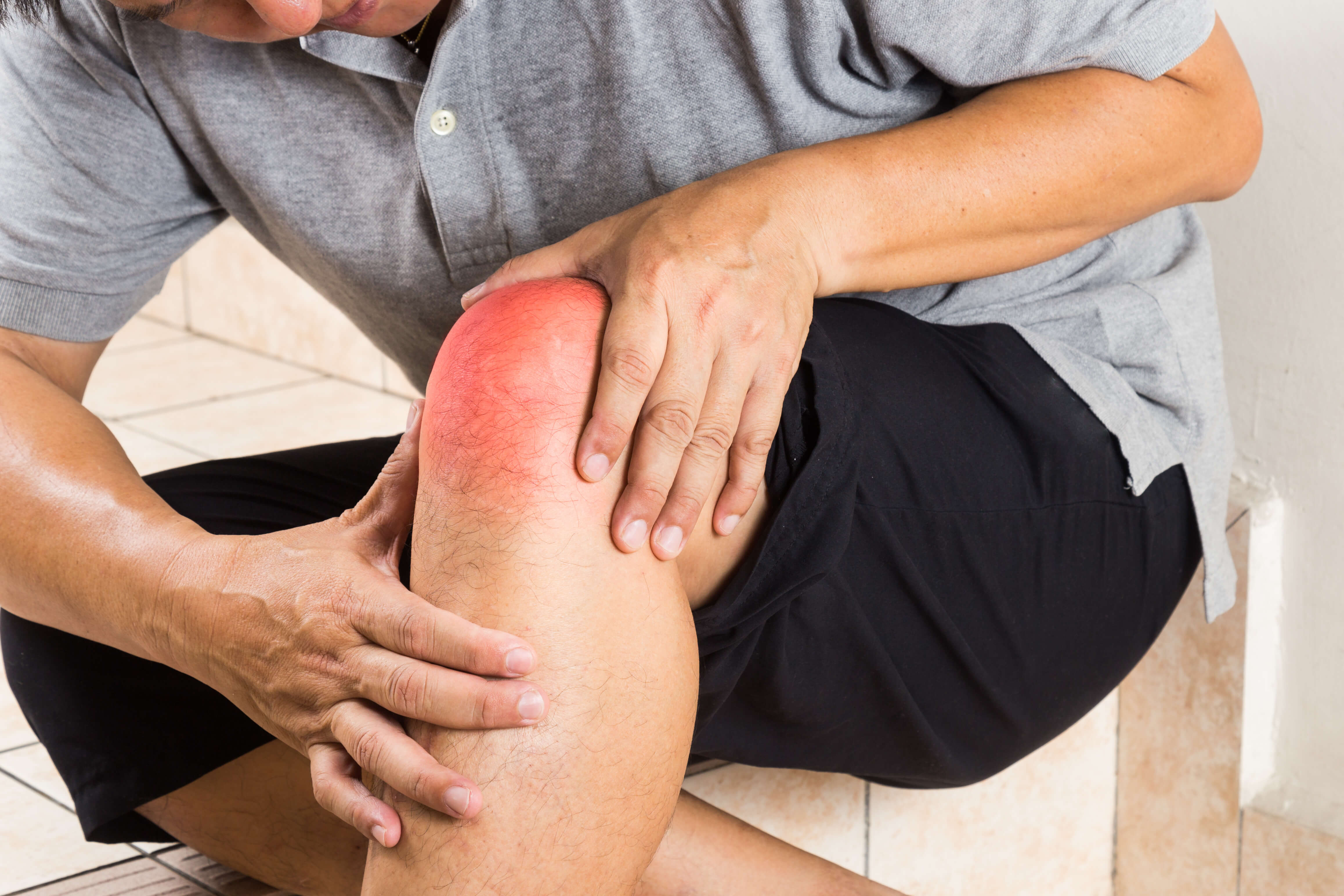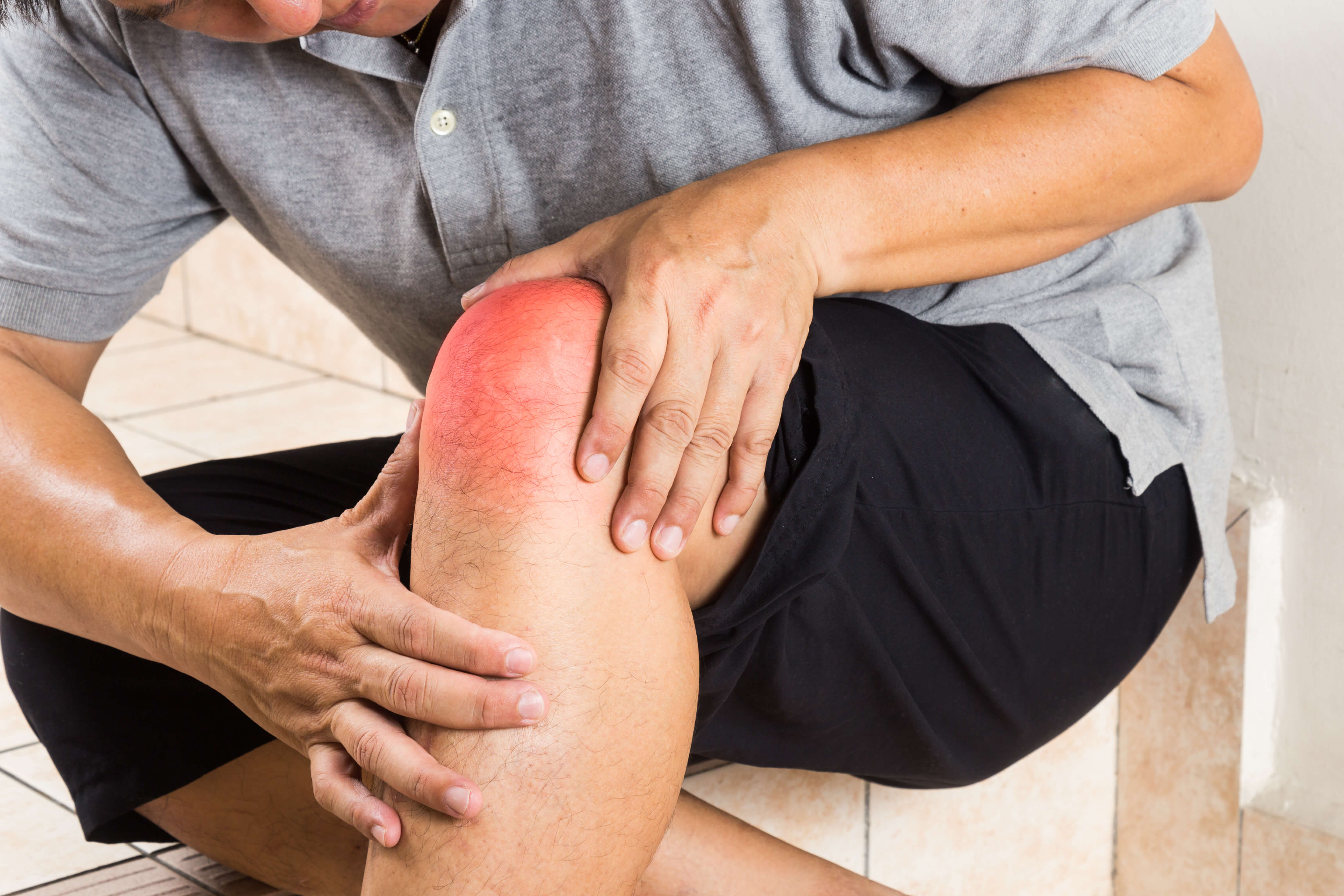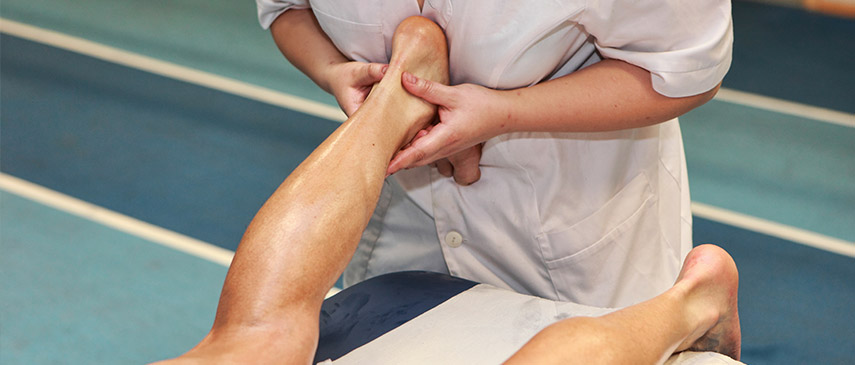
Don’t Join the Opiod Epidemic! Why PT is a Much Safer Course
April 20th, 2018No one wants to live a life in pain, but prescription opioids aren’t always the best choice. Painkillers like Percocet, Vicodin and OxyContin certainly come with risks. Opioid risks include withdrawal symptoms, addiction, depression and overdose. And today, the use of opioids is epidemic. Physical therapy is a safer alternative without the risks and side

How Physical Therapy Can Help Relieve Headaches
April 10th, 2018Some people mistakenly believe that “tension headache” refers literally to pain caused by emotional stress. In fact, the term refers to the muscle tension or spasms, at the back of the head that leads to head pain. Yet although feeling tense can certainly lead to muscle spasm, other issues — such as poor posture, injury

The Undeniable Link Between Nutrition and Pain
March 20th, 2018Every day, we learn more about the key role that proper nutrition plays in decreasing pain. Of course, the opposite is also true — poor dietary habits can lead to, or worsen chronic pain. It’s not unusual for physical therapists to walk their patients through their lifestyle habits in order to pinpoint habits that might

Why Physical Therapy is Critical Following a Joint Replacement Surgery
March 10th, 2018The intricacies of joint replacement surgery can vary greatly, depending on whether the replacement involved a knee, wrist, shoulder, ankle, or hip. Yet the post-surgical recovery period for all of these procedures is remarkably similar. The most important element? Working those new joints correctly, with the help of a physical therapist. Reducing Swelling Before you

Why Physical Therapy is Critical Following a Joint Replacement Surgery
February 20th, 2018The intricacies of joint replacement surgery can vary greatly, depending on whether the replacement involved a knee, wrist, shoulder, ankle, or hip. Yet the post-surgical recovery period for all of these procedures is remarkably similar. The most important element? Working those new joints correctly, with the help of a physical therapist. Reducing Swelling Before you

How Physical Therapy Can Help Your Achilles Tendonitis
February 10th, 2018What is Achilles Tendonitis? The Achilles tendon is the largest tendon in the human body. This tendon joins the calf muscles to the heel bone and travels down the back of the lower leg. If it’s put under strain, it can get inflamed. This is known as Achilles tendonitis . If it’s left untreated, the

Up Your Calcium Intake for Stronger Bones and for PT Support
January 20th, 2018As your physical therapist may have told you, osteoporosis and osteoarthritis are often more interconnected than you might have thought. As cartilage deteriorates, the adjoining bone can become affected as well. This makes calcium more important than ever to support bone health for those suffering from deteriorating surrounding joints. Why Calcium Matters To prevent injuries

Plantar Fasciitis: Causes, Symptoms and Treatment Plan
January 10th, 2018Some people wait longer than they need to when it comes to getting help for lower foot pain. Yet physical therapy can not only ease the immediate pain of plantar fasciitis, but improve the condition itself. What is Plantar Fasciitis? Because the plantar fascia runs from the ball of your foot to the heel, and

Massage Away Your Pain with Massage Therapy
December 20th, 2017Once considered a luxury that only the rich and pampered could afford — or justify as treatment — massage is now considered an integral part of many physical therapy programs. With a variety of massage techniques to address a range of health problems, the respected practice has been proven to help significantly reduce temporary or

How PT Can Reduce the Need for Opioids
December 10th, 2017With unintentional drug overdoses on a sharp increase within the U.S., more medical professionals are seeking treatment options that don’t carry the risk of painkiller addiction. Certainly, reducing pain through opioids can be a legitimate treatment. Yet mushrooming addiction rates make it obvious that methods such as physical therapy can often be a better first-line
